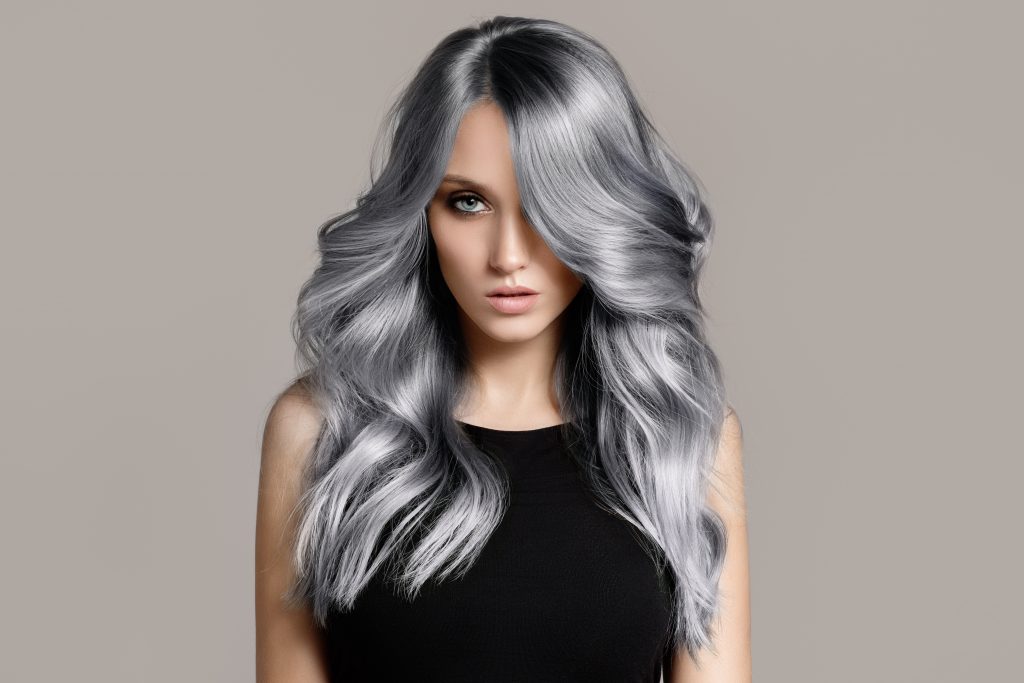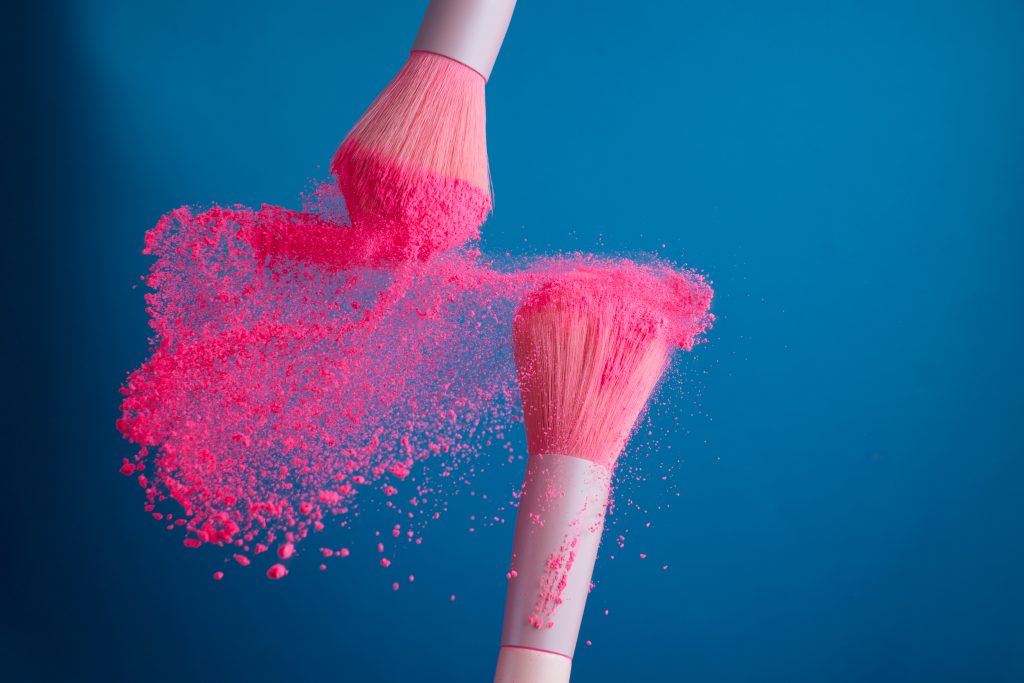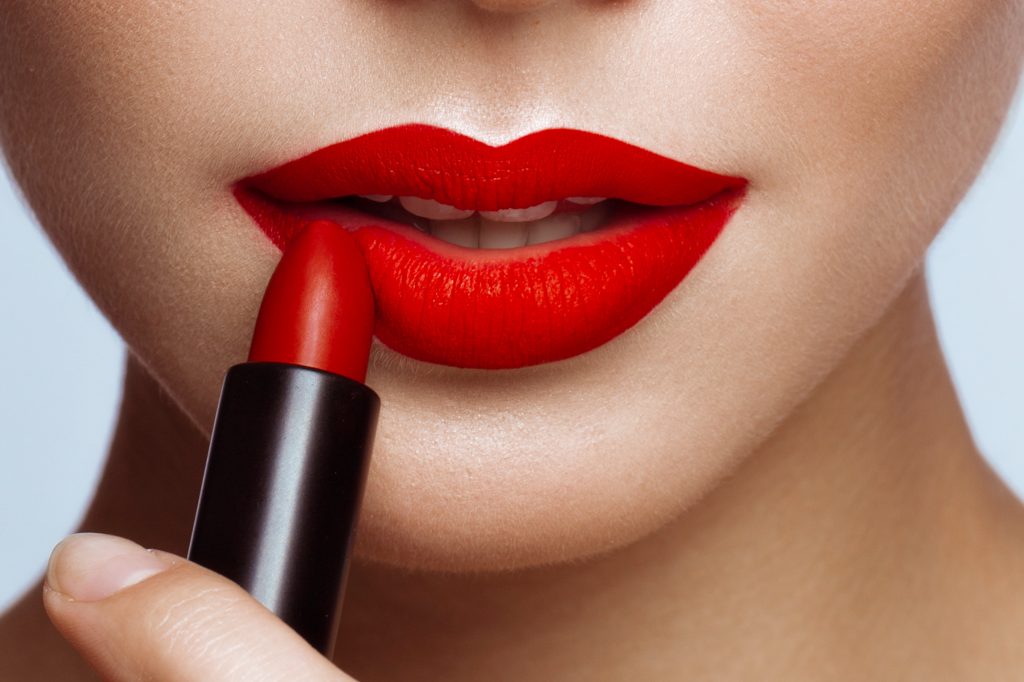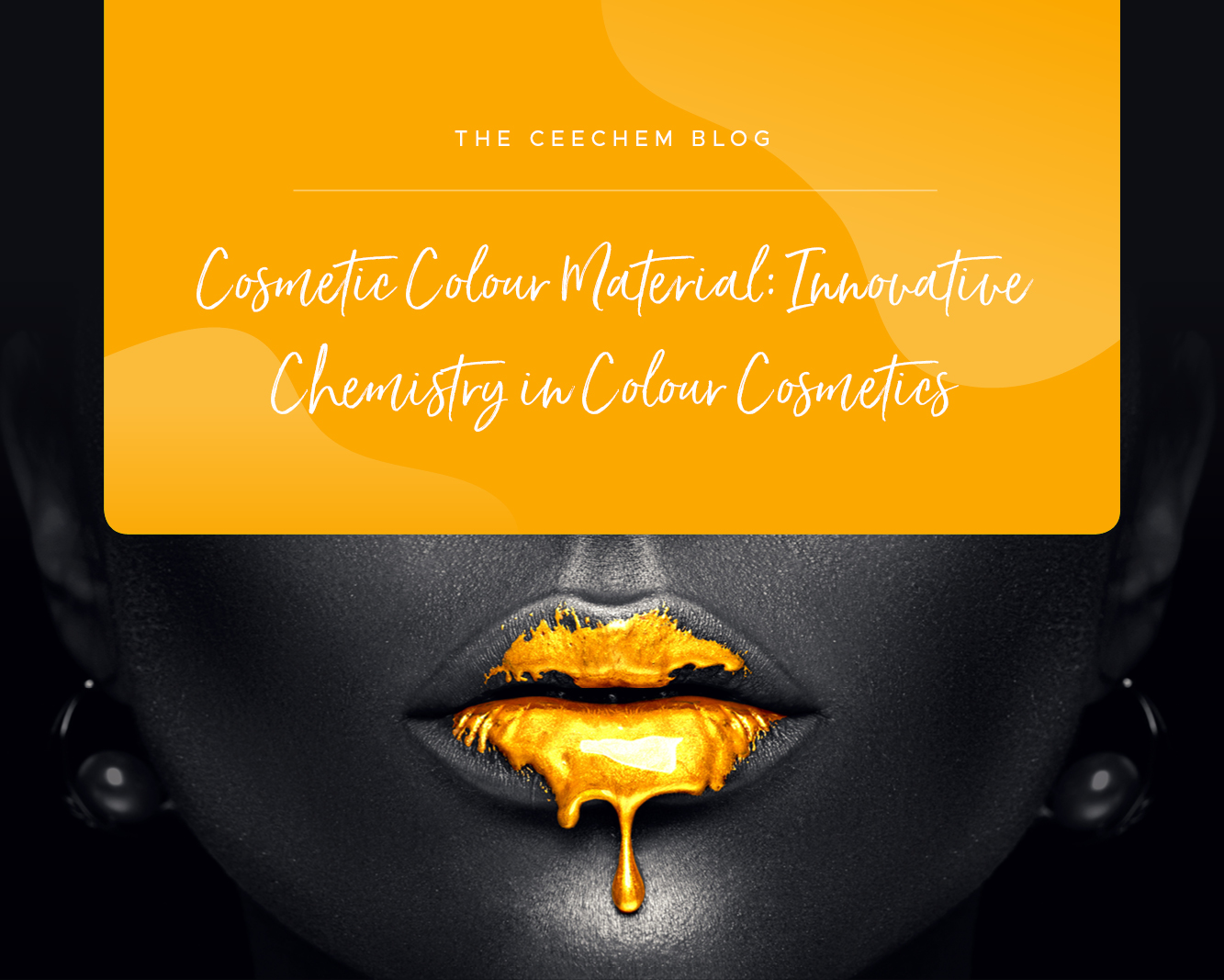There is a distinct symbiosis between colour and cosmetics. The search for beauty in humans is a fundamental and evolutionary instinct, and makeup plays an integral part as it beautifies a person’s appearance, enhancing the colour of their facial skin, lips, and eyes.
Colour cosmetics are not a modern phenomenon. Humans have utilized cosmetics to enhance or alter their appearance since time immemorial. Ancient Egyptians used kohl, which contains lead sulphide—to darken their eyelids, and Cleopatra is said to have taken milk baths to soften her skin.
Colour cosmetic material ingredients make up the primary component that goes into coloured cosmetics like lipsticks, lip gloss, eyeliner, eye shadow, blush, and bronzers. These ingredients are widely-classified as organic colour materials (permitted colours), natural colours, and inorganic pigments.
In this post, we explore how they enhance cosmetic formulations and how they’ve contributed to the makeup we know and love today.

Pigments
Pigments are what accentuate or enhance a person’s natural colouring – think ruby-red lips, rosy cheeks, and smoky eyes.
They are categorized into three main groups:
- Natural
- Organic
- Inorganic
There’s a massive range of naturally-occurring substances that provide a myriad of colour cosmetic material. These include mica, iron oxide, chromium oxide, manganese, and coal tar.
Natural colours can be animal-based like cochineal insect or plant-based and feature components like beet powder. The former is often found in red lipsticks and known as natural red 4, carmine, or cochineal extract.
Organic pigments come as toners or lakes. Toner pigments are organic pigments that have not been combined with other substances, while lake pigments contain dye colours mixed with an insoluble component like alumina hydrate. This chemistry causes the dye to become water-insoluble, which makes it the ideal element for waterproof makeup.
Inorganic metal oxide pigments are duller than their organic counterparts, but provide long-lasting colour as they are more resistant to light and heat.
At Ceechem, we supply innovative ingredients sourced from Japan like Mica, Titanium Dioxide Blend, Iron Oxides, Red 6 Lake, and Red 21 Lake for lipsticks, lip gloss, BB primers, shimmer sticks, lash enhancers, clay masks, and much more.

Shimmer & Sparkle
Shimmering effects are often found in colour cosmetic material such as bismuth oxychloride and mica.
Bismuth oxychloride produces a silver-grey pearly effect that focuses the eye. It is commonly used in eye shadow and eyeliner. This compound is naturally-occurring in the mineral bismoclite, but can also be human-made and in this case it is known as synthetic pearl.
Cosmetic mica comes from muscovite, also known as white mica. These naturally-occurring flaky sheets found typically in India are mined and crushed into fine powders. The tiny particles in mica powder bend light to create a pleasing shimmering effect perfect for cosmetics such as bronzers, eye shadows, and blush.
The smaller the mica’s particle size, the less lustrous the powder becomes, and the more coverage it gives. Larger particle sizes, offer more glitter and sparkle but look more transparent.

The Ceechem Colour Cosmetic Material Difference
Ceechem uses only the highest-quality colour cosmetic material for superior results. All our raw pigments and ingredients are ethically-sourced from established markets in the US, Japan, and Europe, and are skin-safe.
We care about supplying only the highest-quality, sustainable products that are good for society and the environment.
If you’d like to know more about our colour cosmetic material products, please get in touch with us on the website today.
